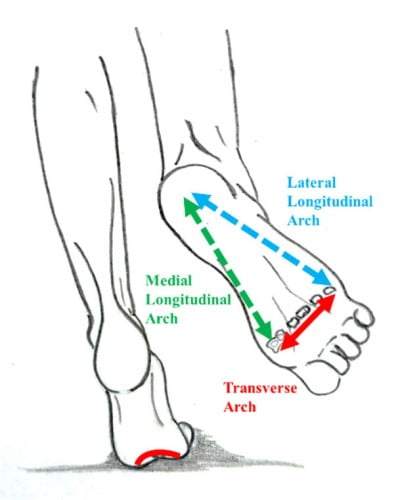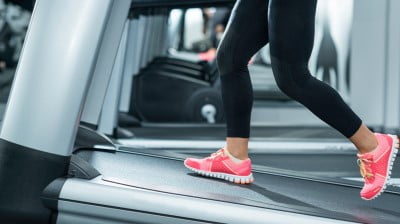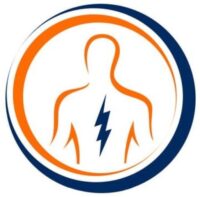Today, we are going to discuss flat feet exercises. But, before we get into exercises and management of flat feet, first look at what is flat feet and what are their causes?
What Are Flat Feet?
Flat feet are also called ‘pes planus’. It is a condition characterized by the disappearance or diminution of the longitudinal arch of the foot.
To understand how flat feet affect the function of feet, we need to look at the normal functions of the feet.
Normal functions of the feet
The foot has two main functions:
- To support the weight of the body in standing or while walking
- To propel the body forward in walking or any weight-bearing activity
For the first function, the foot could be a flat plate but this would not allow the distribution of weight over the whole foot as occurs with an arched foot. To fulfill the second function of propulsion, the foot must be capable of forming a strong lever as well as supporting the body weight.
The bony structure of the foot, the ligaments, and the musculature all assist in fulfilling the above functions. The foot has three arches: two longitudinal, one medial and lateral, and one transverse.
The lateral arch is relatively immobile & is concerned with the transmission of weight and thrust to the ground. The medial arch is generally higher than the lateral. It is mobile and varies in shape according to whether the individual is standing, walking, or running.
Flat feet are common in children as these arches do not develop until 2-3 years of age and become apparent between the ages of 3 and 4.
In flat feet, longitudinal arches of the foot disappeared so flat feet affect the propulsive force to a varying degree depending upon whether it is a postural or structural deformity.

Postural flat feet
In children under the age of 3 years, the arches are normally flat. Some children under 5 years of age have postural flat feet associated with a postural genu valgum. This condition is painless. This doesn’t need any treatment in the majority of the cases. But advice should be given to the parents on suitable footwear.
Causes of flat feet
Adults may develop a painful flat foot for a number of reasons.
- Certain occupations when there is prolonged standing
- Weak muscles as they may prevent the normal musculature activity
- Overweight– More weight puts more stress on the arches of the feet
- Diseases like rheumatoid arthritis
- Altered joint position of the hip or the knee
- Poor footwear
Management of flat feet
Cases of postural flat feet in children usually do not require any treatment.
Painful flat feet are usually referred to the physiotherapist for advice and treatment if necessary. In adults, the treatment will depend on the cause and whether there is any structural abnormality.
If the patient is overweight, they should be advised to lose weight or to be referred to the dietitian. Arch support may be helpful in such patients.
Flat Feet Exercises
Commonly known as ‘fallen arches’ and they can affect up to 30% of the population. Usually, both feet are affected but it’s possible to have fallen arches on only one foot.
Flat feet are caused by a variety of things including injuries, aging, obesity, and neurological or muscular diseases. It can lead to pain, stress, and imbalances in other body parts, and treating it properly may help to correct other issues that have been caused by flat feet.
Here are some corrective flat feet exercises that may help you.
- Place a towel on the ground.
- While sitting or standing, place your heel on the ground and rest ot the feet on the towel.
- Grasp the towel with your toes and crutch it towards your body.
- Heel should remain on the floor throughout the exercise.
- Repeat 5-10 times for each foot.
- Stand with your feet a few centimeters apart.
- Slowly raise your heels off the floor while keeping your knees straight.
- Hold for 5 seconds and then slowly lower your heels to the floor.
- Keep your foot on the ground.
- Try to lift your arch up while keeping your toes and heel in contact with the ground.
- Repeat for 5-10 times with both feet.
Towel stretch stretches the Achilles tendon and relieves tightness in these tendons.
- Sit on the floor with legs straight.
- Loop a towel around the balls of your feet.
- Begin to pull the towel towards yourself until you feel stretch on your achilles tendon.
- Hold for 20-30 seconds and then release.
- Sit on a chair with a tennis or golf ball under your foot.
- Keep your spine straight and roll the ball under your foot.
- Do it for 4-5 times with both foot.

- Stand straight and press your big toe on the floor.
- While pressing the big toe, lift up the remaining four toes off the floor.
- Then press your four toes and lift up the big toe from the floor.
- Do it with both the foot for 5-10 times and try to hold each stretch for up to 5 seconds.
Walking on a slope can be beneficial for correcting flat feet. It also helps to improve balance.
Walk on a incline surface will increase the activation of lower leg muscles and hence activates the peroneal muscles.

Along with the above exercises, try to go barefoot sometime during the day. It will help to strengthen the feet muscles.
You can also use a foot massage mat to exercise your foot.
The Final Conclusion:
Today we discuss 8 different stretches and exercises for correcting flat feet. These flat feet exercises may take some time to show improvements. So, keep in mind to wait for few weeks and be consistent in your exercise routine.
Talk to your therapist if you feel any discomfort or aggravating pain during walking or standing. Assistive tools or flat feet arch and physical therapy are effective in correcting flat feet.
ALL THE BEST!

